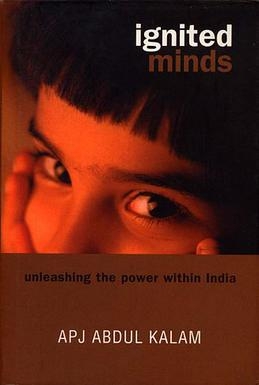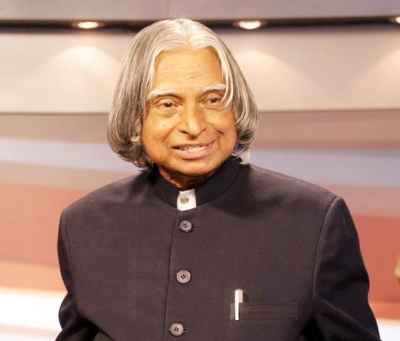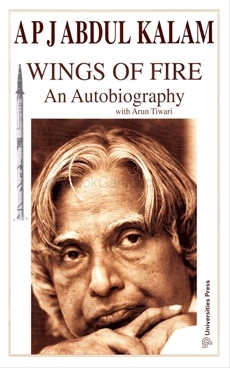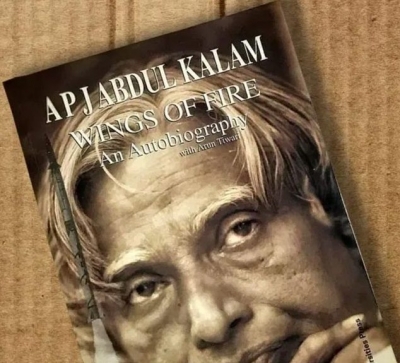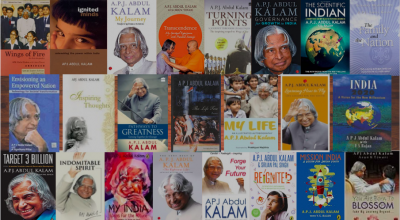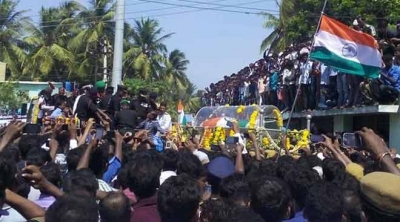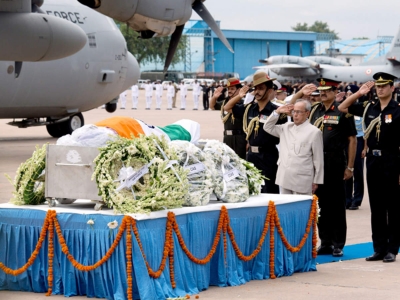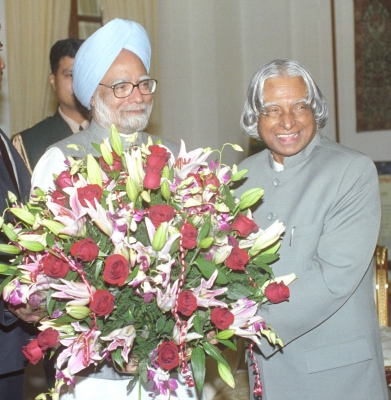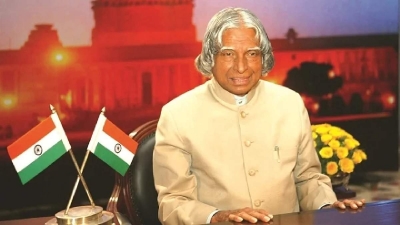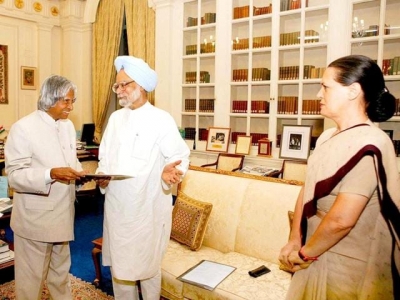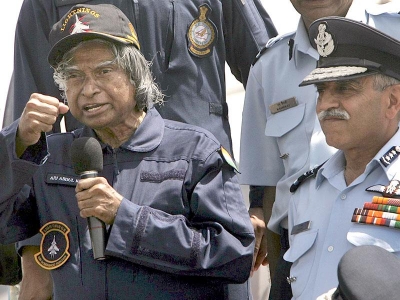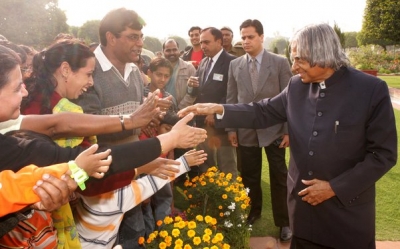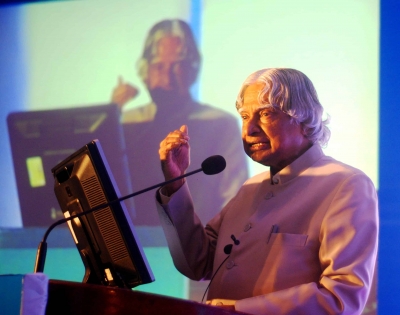Does ‘Ignited Minds: Unleashing the Power Within India’ begin with a dream?
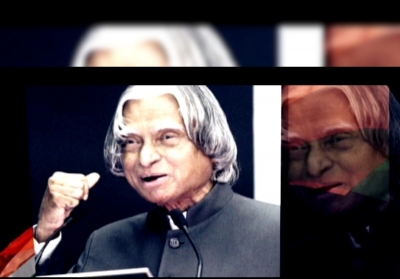
The book does begin with a dream; a dream that Kalam had after he and his aircraft crew met with a helicopter crash! After the frightening moments, the engines shutting down and the final crash, all of them started to look at life in a different way. All were alive, but their thinking had changed forever!
Kalam was given a tranquilizer. His mind was filled with one question: Why is the human race so prone to violence? While still under the effect of the tranquilizer, he had a strange dream.
In his dream came five people- Mahatma Gandhi, Albert Einstein, Emperor Asoka, Abraham Lincoln and Caliph Omar. Kalam realized that the answer for his question were these people from different ages who continue to influence generations to come.
The book ends with some lines from Song of Youth, a poem by Dr. Kalam.
“As a young citizen of India,
armed with technology
and love for my nation,
I realize, a small aim is a crime.”
Picture Credit : Google
